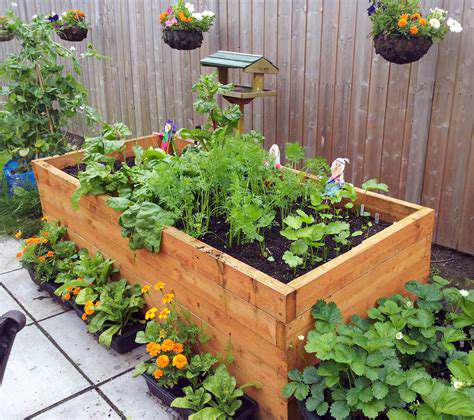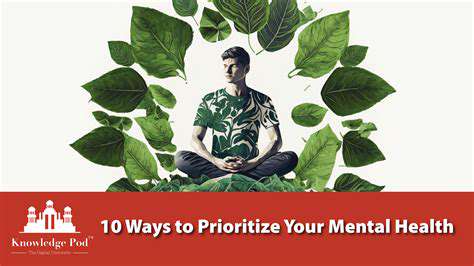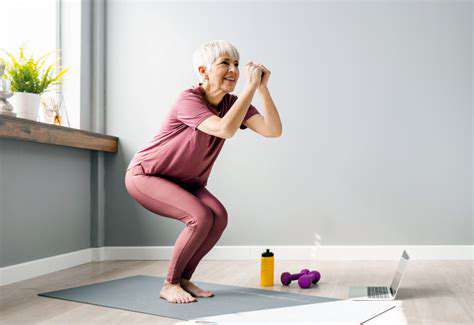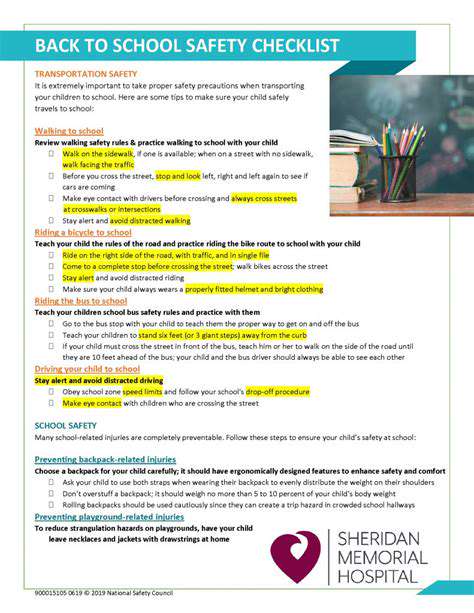Gentle Exercises for Seniors in Nursing Homes: Staying Active
Enhancing Mobility and Flexibility Through Gentle Stretches
Improving Range of Motion
Gentle stretching exercises are crucial for improving your range of motion, allowing your joints to move freely and easily. Regular stretching can help alleviate stiffness and discomfort, particularly in areas like the hips, shoulders, and back. By gradually increasing the flexibility of your muscles and connective tissues, you'll experience a wider range of motion, which can enhance your daily activities and overall mobility. This improved range of motion can also contribute to better posture and reduce the risk of injuries.
Boosting Flexibility and Preventing Stiffness
Maintaining flexibility is vital for preventing stiffness, a common issue that often arises with age or inactivity. Incorporating gentle stretches into your routine can help maintain the elasticity and suppleness of your muscles and ligaments. This proactive approach can significantly reduce the likelihood of stiffness-related pain and discomfort. Stretching also helps improve blood flow to the muscles, which further contributes to their flexibility and reduces the risk of muscle soreness or tension.
Enhancing Posture and Balance
Regular stretching exercises can positively impact your posture by strengthening the muscles that support your spine and other parts of your body. Improved posture not only enhances your physical appearance but also alleviates back pain and promotes better balance. As you stretch key muscle groups, you're also working to improve the coordination of your body's movements, which directly contributes to better balance. This improved balance is especially important for preventing falls, particularly as you age.
Reducing Muscle Tension and Stress
Gentle stretching can be a powerful tool for reducing muscle tension and stress. When muscles are tight or tense, they can create a feeling of discomfort and pain. Stretching helps to release this tension, promoting relaxation and reducing feelings of stress. Incorporating stretching into your daily routine can have a positive impact on your mental well-being, contributing to a sense of calmness and reducing overall stress levels. This is especially beneficial for those who experience chronic stress or anxiety.
Promoting Overall Well-being and Recovery
The benefits of gentle stretching extend beyond physical improvements. By promoting relaxation and reducing stress, stretching can contribute to a greater sense of overall well-being. Regular stretching can also aid in recovery after physical activity, helping your muscles to recover more quickly and efficiently. This accelerated recovery time can further enhance your performance in various activities. It's a holistic approach to your health and well-being, contributing to a sense of calm and improved quality of life.
Promoting Social Interaction and Engagement Through Group Activities

Encouraging Meaningful Connections
Promoting social interaction is crucial for overall well-being. Strong social connections provide a sense of belonging and support, reducing feelings of isolation and loneliness. Building these connections fosters a sense of community and shared experiences. Social interaction allows us to learn from others, gain diverse perspectives, and challenge our own viewpoints. These interactions can lead to increased empathy and understanding, creating a more compassionate and supportive society.
Engaging in activities that encourage interaction, like group discussions or community events, is key to building these crucial bonds. These opportunities provide spaces for individuals to connect, share experiences, and form relationships. This process can be facilitated by creating environments that promote inclusivity and respect.
Strategies for Facilitating Social Interaction
A variety of strategies can be employed to facilitate meaningful social interaction. These strategies can range from simple acts of kindness to more structured programs. Creating opportunities for people to connect, especially those who might feel marginalized or isolated, is paramount. This can involve organizing events that encourage mingling and interaction, like potlucks, workshops, or volunteer projects.
Offering mentorship programs or buddy systems can also be effective. These programs pair individuals with mentors who can provide guidance and support. This creates a supportive environment that encourages interaction and fosters a sense of belonging.
Furthermore, leveraging technology to facilitate virtual connections can also be a valuable tool, especially in situations where physical proximity might be challenging. Online forums, social media groups, or video conferencing platforms can create spaces for individuals to connect and share experiences remotely.
Active listening and demonstrating empathy are vital components of effective social interaction. Creating a safe space where individuals feel comfortable sharing their thoughts and feelings is essential for building strong relationships. Encouraging active participation in discussions and activities helps foster a sense of community and shared understanding. This, in turn, promotes social interaction and strengthens the bonds within a group.
The Impact of Social Interaction on Well-being
Social interaction plays a vital role in mental and emotional well-being. Studies have shown a strong correlation between strong social connections and reduced stress levels. Meaningful interactions provide a buffer against the negative impacts of stress and anxiety.
Social support networks provide a sense of security and belonging, which can help individuals cope with challenges and navigate difficult times. Furthermore, strong social connections are linked to increased happiness and life satisfaction. Cultivating and maintaining these connections is essential for overall well-being, contributing to a more positive and fulfilling life experience.
Beyond individual well-being, social interaction strengthens communities. When people feel connected and supported, they are more likely to contribute to their communities and build stronger relationships with others. This sense of interconnectedness fosters a more positive and supportive environment for everyone.










